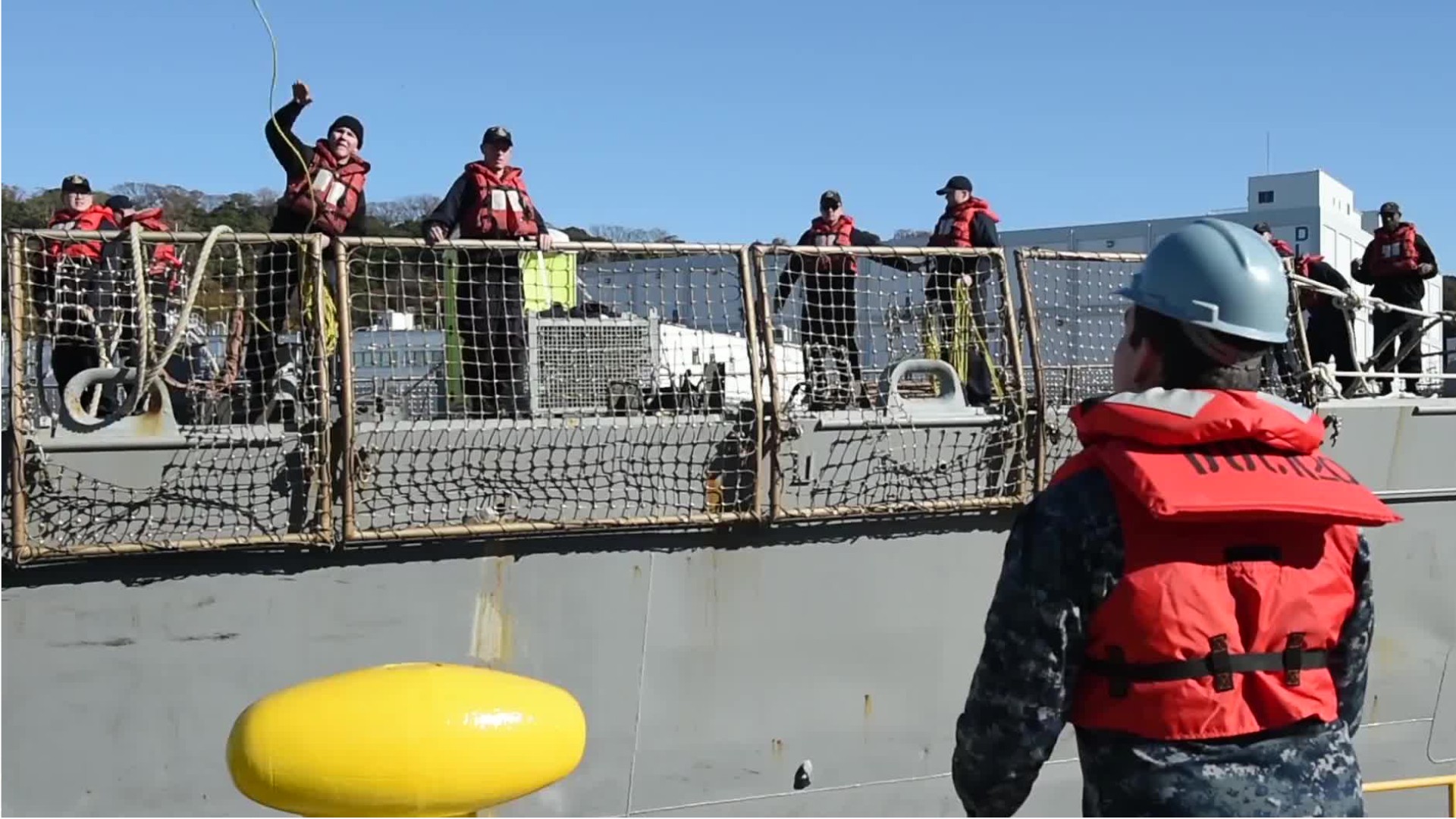Sailors & Marine Oilers
Able Bodied Seaman (AB Seaman), Able Seaman, Deck Hand, Deckhand
What they do:
Stand watch to look for obstructions in path of vessel, measure water depth, turn wheel on bridge, or use emergency equipment as directed by captain, mate, or pilot. Break out, rig, overhaul, and store cargo-handling gear, stationary rigging, and running gear. Perform a variety of maintenance tasks to preserve the painted surface of the ship and to maintain line and ship equipment. Must hold government-issued certification and tankerman certification when working aboard liquid-carrying vessels. Includes able seamen and ordinary seamen.
On the job, you would:
- Tie barges together into tow units for tugboats to handle, inspecting barges periodically during voyages and disconnecting them when destinations are reached.
- Attach hoses and operate pumps to transfer substances to and from liquid cargo tanks.
- Handle lines to moor vessels to wharfs, to tie up vessels to other vessels, or to rig towing lines.
Knowledge
Safety and Government
- public safety and security
Transportation
- movement of people or goods by air, rail, sea, or road
Engineering and Technology
- mechanical
Skills
Basic Skills
- keeping track of how well people and/or groups are doing in order to make improvements
- listening to others, not interrupting, and asking good questions
Problem Solving
- noticing a problem and figuring out the best way to solve it
Abilities
Hand and Finger Use
- keep your arm or hand steady
- hold or move items with your hands
Controlled Movement
- quickly change the controls of a machine, car, truck or boat
- use your arms and/or legs together while sitting, standing, or lying down
Hearing and Speech
- pay attention to one sound while there are other distracting sounds
- tell the difference between sounds
Vision
- see details that are far away
Personality
People interested in this work like activities that include practical, hands-on problems and solutions.
They do well at jobs that need:
- Cautiousness
- Attention to Detail
- Dependability
- Stress Tolerance
- Perseverance
- Cooperation
Technology
You might use software like this on the job:
Spreadsheet software
- Microsoft Excel
Presentation software
- Microsoft PowerPoint
Data base user interface and query software
- KNMI TurboWin
- Kongsberg Maritime K-Log Deck Logbook
Education
Education: (rated 2 of 5)
high school diploma/GED or
certificate after high school
usually needed
certificate after high school
usually needed
Job Outlook
Below Average
New job opportunities are less likely in the future.
Explore More
- Captains, Mates, & Pilots of Water Vessels
- Dredge Operators
- Motorboat Operators
- Riggers
- Ship Engineers
You might like a career in one of these industries:
See more details at O*NET OnLine about Sailors & Marine Oilers.





